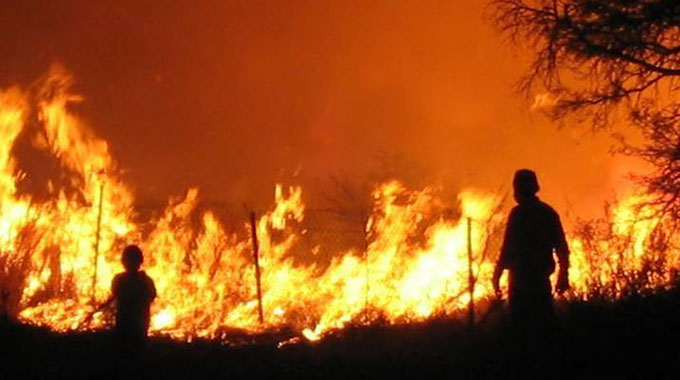Mechanisation to re-configure smallholder production

Mangaliso Lawrence Kabulika
SMALLHOLDER farmers are going through a transformative shift in agricultural practices in line with Government’s push to mechanise their operations and alleviate labour challenges while enhancing productivity, especially under the Pfumvudza/Intwasa programme.
In a speech read on his behalf by chief director in the Department of Research and Specialist Services, Mr Dumisani Kutywayo at a meeting dubbed ‘Harnessing appropriate- scale farm mechanisation in Zimbabwe: End of project review meeting (HAFIZ) in Harare, Lands, Agriculture, Fisheries, Water and Rural Development permanent secretary, Dr John Basera said the Pfumvudza/Intwasa initiative was modelled on labour intensive farm practice.
The meeting was hosted by International Maize and Wheat Improvement Centre (CIMMYT).
The introduction of mechanisation dimension to the practice has become a game-changer for the target population who are mostly the smallholder rural communities.
“It is important to acknowledge the importance of farm mechanisation, maintaining the intricate balance between modernisation and the preservation of our traditional and climate proofing farming practises.
“The Government is seized with the obligation to ensure that the benefits of mechanisation are accessible to every province, district, ward and farming household, leaving no one and no place behind,” said Dr Basera.
The HAFIZ model anchors on Government collaboration with the private sector for enhanced productivity.
“The business case developed by the HAFIZ project remains a noble initiative worth strengthening as we go forward. The private sector are also drivers of production and marketing of inputs with the academia and the national agriculture research system offering research for the development of appropriate technologies,” Dr Basera added.
Mechanised Pfumvudza will also lead to the realisation of Government’s targeted hectarage this coming farming season.
“Out of the 3 040 000 hectares targeted for seven major crops, 1 062 807 hectares are targeted for Pfumvudza/Intwasa with 400 000 hectares for maize alone,” added Dr Basera.
He also observed that the Pfumvudza/Intwasa concept should be up-scaled and re-engineered through cutting edge technology to sustain growth.
“Prototypes for the basin digger and bed planter have already been developed, tested and recommendations have been made to improve the technology. The directorate of agricultural engineering and mechanisation, private sector and academia must facilitate the growth and transformation of the agricultural sector through enhancing the adoption of the key findings from this project among our farmers,” explained Dr Basera.
Department of Agricultural, Engineering, Mechanisation and Soil Conservation chief director, Engineer Edwin Zimunga added that research was key for a developed economy, as it informed policy and strategy.
“The Agricultural Mechanisation Development Alliance (AMDA) has proven this project is one of the flagships of research to come out of Zimbabwe with a positive outcome. Based on the results of the research, we have mooted a six-million-dollar facility known as Pfumvudza/Intwasa or conservation agriculture smallholder mechanisation facility.
“Individuals should therefore go and benefit from the tenets of AMDA where local suppliers supply equipment through the bank and farmers get it on certain terms. They can also be service providers to other farmers,” said Eng Zimunga.
Australian Ambassador to Zimbabwe Ms Minoli Perera said when the project was launched, Dr Basera highlighted the need to bridge the mechanisation divide to stimulate smallholder production.
“The Australian government shares that focus as there are many benefits to fill the mechanisation divide for increased productivity. We are working with partners across Zimbabwe, including the Government to promote and realise the benefits of conservation agriculture and technology, for example, an earth observation platform we call Digital Earth Africa delivered by Geoscience Australia making sunlight images and data freely available for farmers and Government officials to master impact of climate change and improvement to agricultural practices for crop mapping,” she said.
CIMMYT sustainable agrifood systems programme director Mr Sieg Snapp said: “We must continue to advocate mechanisation in conservation agriculture, as it relates to income production while it is both environmentally and socially sound.
The HAFIZ end of project review was attended by various members of the Australian Centre of International Agricultural Research (ACIAR, University of Zimbabwe and the Food and Agriculture Organisation.








Comments